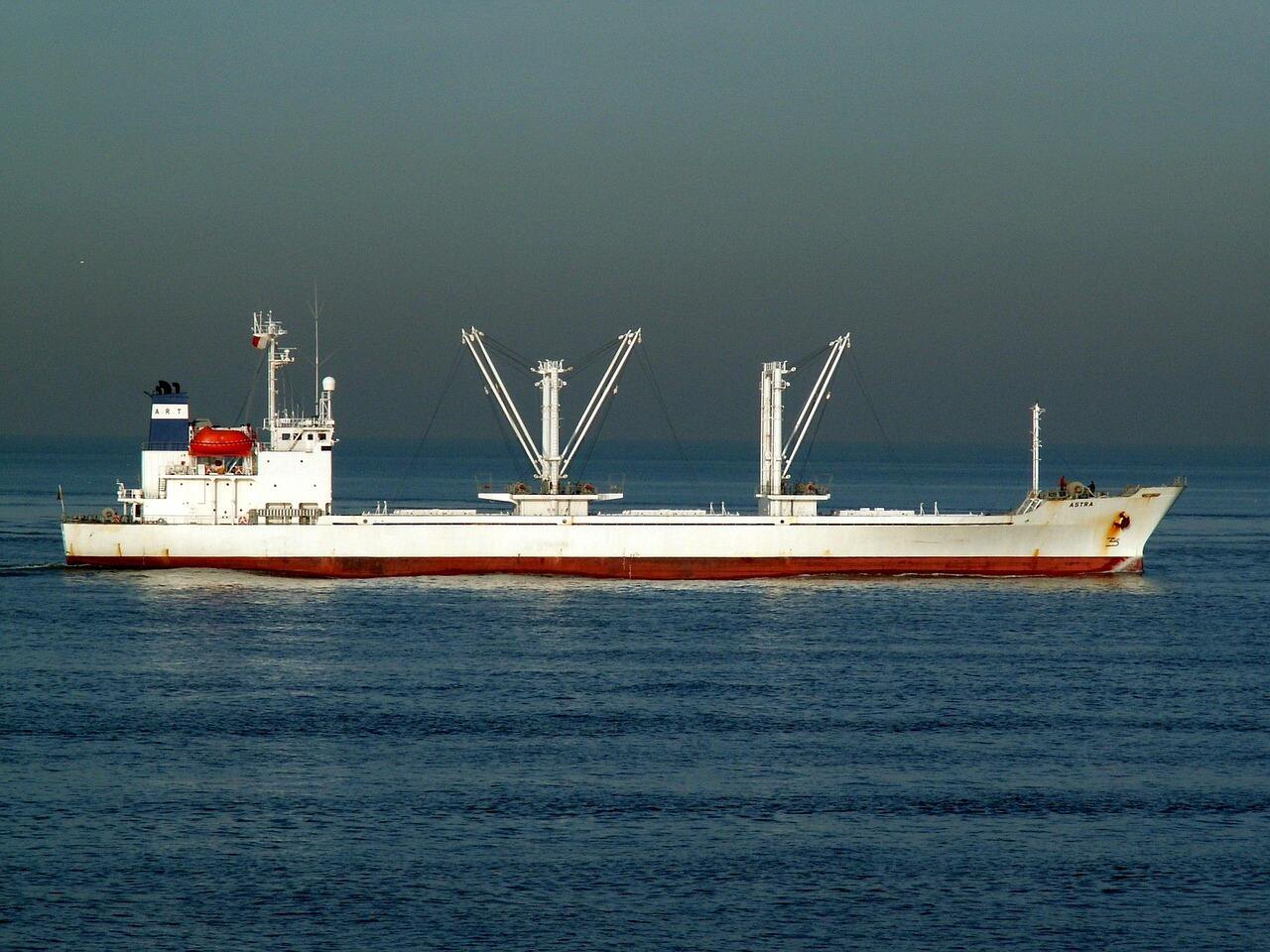Maximizing Cost Efficiency in Global Maritime Shipping
In today's interconnected global economy, businesses are constantly seeking ways to optimize their supply chain costs. International sea freight remains the backbone of global trade, accounting for over 80% of world trade volume. While maritime shipping offers significant cost advantages compared to other transport modes, there's still substantial room for businesses to further reduce their shipping expenses through strategic planning and informed decision-making.
The maritime shipping industry has evolved dramatically in recent years, with technological advancements and new operational practices opening up fresh opportunities for cost optimization. Understanding how to navigate these options effectively can mean the difference between profitable operations and unsustainable shipping expenses.
Strategic Planning for Maritime Transport Cost Reduction
Optimizing Container Utilization
One of the most immediate ways to reduce international sea freight costs is through efficient container utilization. Many businesses pay for entire containers while only utilizing a fraction of the available space. Implementing careful load planning can help maximize the use of container space, potentially reducing the number of containers needed for shipments.
Consider consolidating smaller shipments into full container loads (FCL) when possible, or explore less than container load (LCL) options for smaller volumes. Advanced cargo planning software can help optimize how goods are packed and arranged, ensuring maximum space utilization while maintaining proper weight distribution and cargo safety.
Timing and Seasonal Considerations
Shipping rates fluctuate significantly throughout the year based on seasonal demand patterns. Planning shipments during off-peak seasons can result in substantial savings on international sea freight costs. Peak seasons typically coincide with major shopping periods and holidays, particularly in key markets like North America and Europe.
Businesses can develop a strategic shipping calendar that takes advantage of rate variations. This might involve building additional inventory during lower-rate periods or adjusting production schedules to align with favorable shipping windows. Working closely with freight forwarders can help identify these optimal shipping periods.
Leveraging Technology and Digital Solutions
Digital Freight Platforms and Rate Comparison
The digitalization of the shipping industry has introduced powerful tools for cost optimization. Online freight marketplaces and booking platforms provide transparency in pricing and enable businesses to compare rates across multiple carriers. These platforms often offer real-time quotes and booking capabilities, eliminating traditional intermediary costs.
Integration with transportation management systems (TMS) can further streamline the process, automatically identifying the most cost-effective routing options and carriers. These digital solutions also provide valuable data analytics that can help optimize future shipping decisions.
Automation and Documentation Management
Manual processing of shipping documentation is both time-consuming and prone to errors, leading to unnecessary costs and delays. Implementing automated documentation systems can significantly reduce administrative overhead while minimizing the risk of costly mistakes.
Digital documentation platforms can handle everything from bills of lading to customs declarations, ensuring accuracy and compliance while reducing processing time. This automation not only cuts direct costs but also helps avoid expensive delays and penalties due to documentation errors.
Building Strategic Carrier Relationships
Long-term Contracts and Volume Commitments
Establishing strategic partnerships with shipping lines can lead to preferential rates and better service levels. Many carriers offer significant discounts for long-term commitments and guaranteed volume agreements. These arrangements provide predictability in both costs and capacity availability.
When negotiating contracts, businesses should consider not just base rates but also additional charges such as terminal handling fees, documentation fees, and equipment charges. A comprehensive contract that addresses all these aspects can provide better overall value than simply focusing on the lowest base rate.
Service Level Agreements and Performance Metrics
Well-structured service level agreements (SLAs) can help protect against hidden costs and service failures. These agreements should specify expected performance metrics, including transit times, container availability, and documentation processing timeframes. Including penalty clauses for non-performance can provide additional protection against service-related costs.
Regular performance reviews with carriers help maintain service quality and identify opportunities for further cost optimization. This ongoing dialogue can also lead to innovative solutions and continuous improvement in shipping operations.
Risk Management and Cost Control
Insurance and Liability Management
While it might be tempting to reduce insurance coverage to cut costs, proper risk management is crucial for long-term cost control in international sea freight operations. Understanding different insurance options and selecting appropriate coverage levels can help balance risk and cost effectively.
Consider factors such as cargo value, route risks, and historical claim patterns when structuring insurance coverage. Some businesses might benefit from self-insurance for certain risks while maintaining comprehensive coverage for major potential losses.
Currency and Fuel Price Risk Management
International shipping costs are often subject to currency fluctuations and fuel price variations. Implementing effective hedging strategies can help protect against these uncertainties. This might include using forward contracts for currency exchange or negotiating fuel adjustment factors in shipping contracts.
Working with financial experts to develop appropriate hedging strategies can provide more predictable shipping costs while protecting against market volatility. Regular monitoring and adjustment of these strategies ensure their continued effectiveness.
Frequently Asked Questions
What are the main factors affecting international sea freight costs?
The primary factors influencing international sea freight costs include fuel prices, container availability, seasonal demand fluctuations, route popularity, cargo type and volume, and geopolitical events affecting shipping lanes. Understanding these factors helps businesses better plan and optimize their shipping strategies.
How can small businesses compete with larger companies in securing competitive shipping rates?
Small businesses can improve their shipping costs by joining freight consolidation programs, working with freight forwarders who aggregate volume from multiple shippers, utilizing digital platforms for rate comparison, and focusing on efficient container utilization. Building relationships with regional carriers and exploring niche routes can also provide competitive advantages.
What role does sustainability play in reducing shipping costs?
Sustainable shipping practices often align with cost reduction goals. Using more efficient vessels, optimizing routes for fuel efficiency, and implementing green technologies can lead to lower fuel consumption and reduced operational costs. Additionally, many governments offer incentives for environmentally friendly shipping practices, providing further cost benefits.
How can businesses protect themselves against unexpected shipping cost increases?
Businesses can protect against sudden cost increases through various strategies, including long-term contracts with carriers, diversifying shipping partners, maintaining buffer inventory for critical items, and implementing comprehensive risk management programs. Regular market monitoring and maintaining flexibility in shipping options also helps manage cost volatility.
Table of Contents
- Maximizing Cost Efficiency in Global Maritime Shipping
- Strategic Planning for Maritime Transport Cost Reduction
- Leveraging Technology and Digital Solutions
- Building Strategic Carrier Relationships
- Risk Management and Cost Control
-
Frequently Asked Questions
- What are the main factors affecting international sea freight costs?
- How can small businesses compete with larger companies in securing competitive shipping rates?
- What role does sustainability play in reducing shipping costs?
- How can businesses protect themselves against unexpected shipping cost increases?



